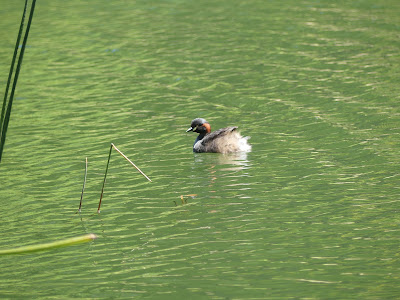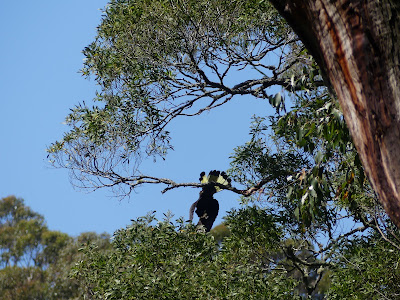So, the final post from our Tassie adventure is a "special" tribute to my brief visit to the Winton Wetlands.
While it was on our return journey, I figured there was enough from that single 2 hour visit to warrant a seperate post to celebrate the special nature of the wetland. I was impressed with the range of birds and other wildlife I saw from my very quick tour.
Here are my picks to share, and the only disappointment is my inability to identify the bird of prey I have in good clear pictures. Someone will help me at some point. Bottom line, if that is all I have to be disappointed about I am in a very privileged position 😁 - its been fun catching up; touring and now being settled back in home. Time to refresh my exploring of the local sights!
 |
| Pair of black swans upon still water. |
 |
Take-off by an eastern rosella (later I saw two flocks
of more than 50 birds each lift out of grass as I drove by) |
The next two photos are sulphur crested cockatoos. Second one most intereting as it is perched at the entrance to a nesting hole.
 |
| Yellow-billed spoonbills, one having a bit to say! |
 |
| Little pied cormorant |
 |
| Australian wooduck and egret on waters edge. |
 |
| Three sulphur-crested cockatoos on the lookout. |
 |
| Australian white & straw-necked ibis sharing some space |
The next 3 photos show off two different birds of prey (I believe same species, but young - that is my excuse for not being able to name them 😏).
The next 3 photos show of two sets of little corellas playing and perching (seemingly precariously the way they carry-on) out on a limb!
My final offering is a white-necked heron. I was mazed how prolific these were in this location - we rarely see one at a location around here, so to see them so often on this two hour drive was a delight and a pleasure. Majestic movers!



























































